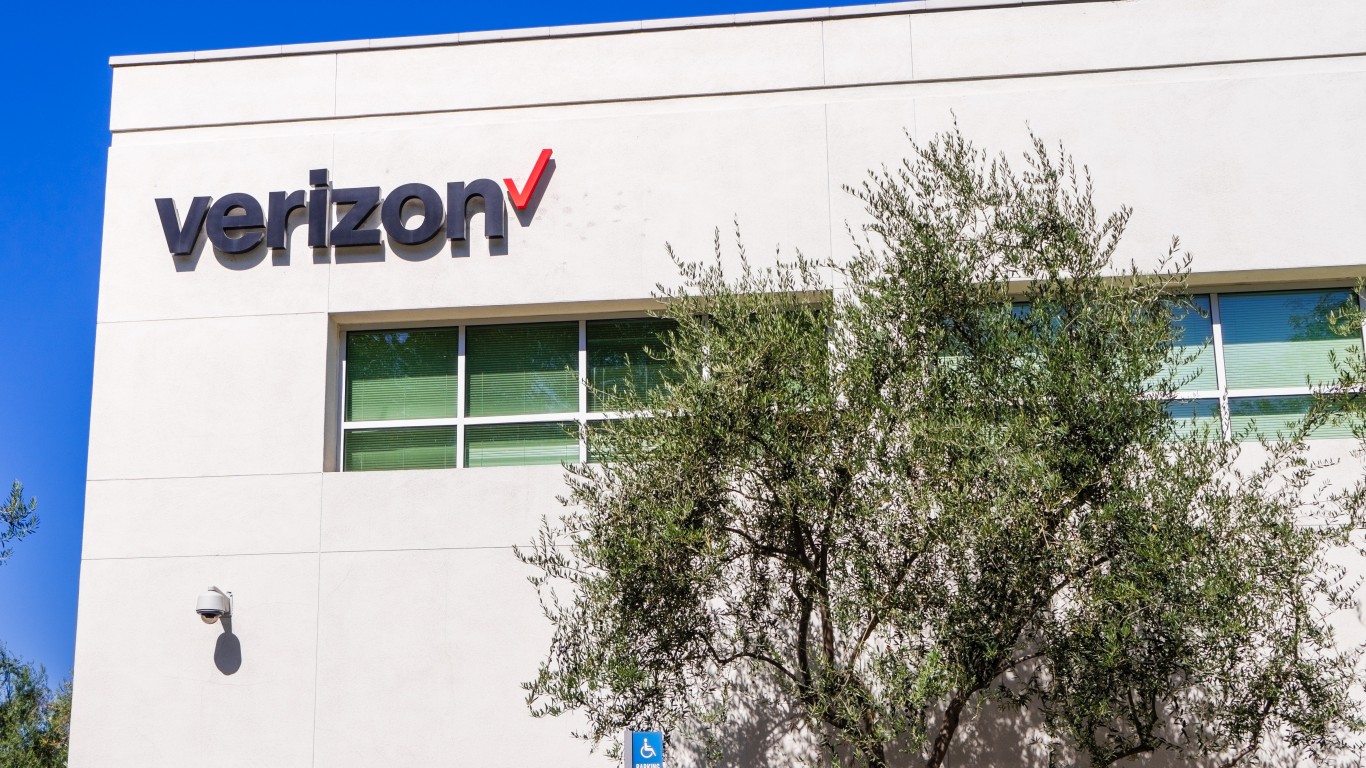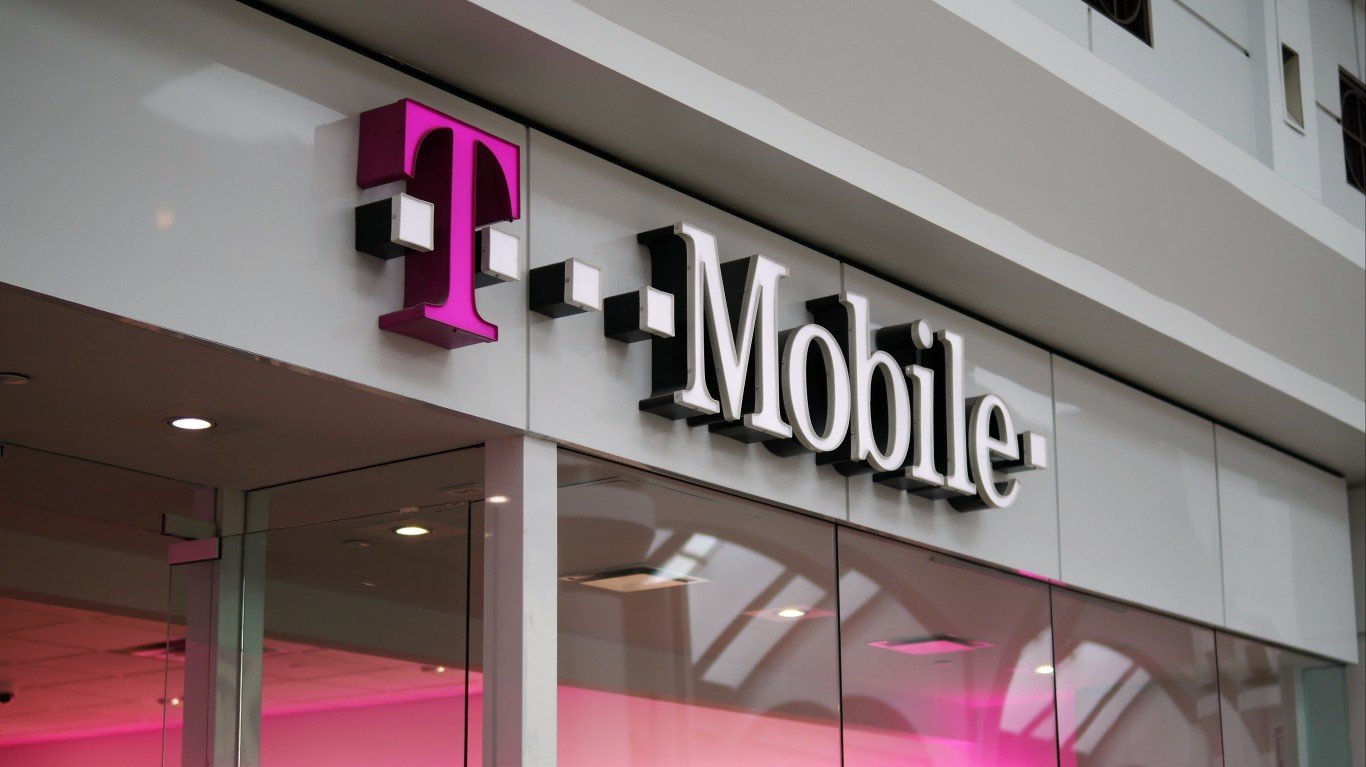When AT&T Inc. (NYSE: T) reported first-quarter earnings last month, the company revealed that it had lost 897,000 subscribers to its premium TV services. AT&T stock had dropped 22% for the year to date, and it traded essentially flat following the earnings release. There was a time when losing that many subscribers would have been a serious blow to the company, but no longer.
Just three years ago, one research firm estimated that by 2021, about 28 million of the 128 million U.S. households would not be cable TV subscribers. According to a survey completed this spring, nearly 82 million (64%) have either cut the cord or have never subscribed to cable TV. AT&T’s premium TV subscriptions have fallen nearly 17% year over year, from 22.4 million to 18.6 million.
Wireless services, what the company calls its Mobility business, is adding subscribers, although not nearly enough to offset the losses in TV.
It seems that AT&T is banking on its introduction later this month of HBO Max, a new streaming service that promises more than 10,000 hours of premium content. HBO, part of AT&T’s Warner Media division, was acquired by AT&T in 2018’s Time Warner deal.
Cable Subscriptions Are Not Coming Back
Millions of people have ditched cable and satellite TV services, primarily for the perceived cost savings of going to streaming. In a recent survey, research firm The Trade Desk found that the percentage of 18- to 34-year-olds who have cut the cable TV cord, are planning to, or have never subscribed to cable TV is 74%. Even 55% of older Americans (age 55+) are not or eventually won’t be cable subscribers.
The Trade Desk report noted:
Of those households that do still have cable TV subscriptions, 11 percent plan to cut the cord by the end of the year. That figure jumps to 18 percent within the 18-34 age group. This data represents a significant increase over the approximately three percent annual decrease in traditional pay-TV subscriptions as predicted by eMarketer in July 2019 (prior to the stay-at-home directives).
Why the Coronavirus Pandemic Is Changing Minds
More than half (60%) of cable TV subscribers told The Trade Desk that the only reason they continue their subscriptions is the availability of live sports. But COVID-19 has put an end to that, at least temporarily. Besides, many streaming packages include live sports programming. Walt Disney Co.’s (NYSE: DIS) Hulu + Live, Alphabet Inc.’s (NASDAQ: GOOGL) YouTube Live and Verizon Communications Inc.’s (NYSE: VZ) Mix & Match are just a few examples.
Streaming, especially free, ad-supported streaming, is preferred by the younger viewers who say they don’t mind ads targeted to them. From The Trade Desk report: “By a ratio of 3-2, the 18-34 age group prefers tailored ads, the highest ratio of any age group. This suggests that younger viewers have the greatest awareness and appreciation for the value exchange between relevant advertising and access to free premium content.”
Does HBO Max Fill the Bill for AT&T?
When the company rolls out HBO Max later this month, AT&T’s cable TV subscribers will get the service free if they already subscribe to HBO. Subscribers to some other services also will get the new service for free.
Otherwise, HBO Max will cost $15 a month ($12 if customers sign up before the May 27 launch date). That compares with $7 a month for Disney+ and $9 a month for Netflix Inc.’s (NASDAQ: NFLX) cheapest tier. Comcast Corp. (NASDAQ: CMCSA), which owns NBCUniversal, will roll out a free limited tier for its new streaming service, Peacock, in July.
AT&T is charging the same price for HBO Max that it charges to cable subscribers, but the service will include non-HBO-produced shows like Friends and also will carry original content exclusive to HBO Max. Whether that will attract those millennials who like advertising is a gamble.
Once again, COVID-19 tosses a wrench into the plans. New TV and film production has essentially stopped due to the pandemic. The new services launching soon (HBO Max and Peacock) will be hit hardest because they had yet to load up on original content. Peacock, for example, now plans to have only a handful of originals available by the launch date.
What AT&T Shareholders Are Getting
As of December 31, 2019, AT&T had $163.15 billion in total debt with $151.31 billion listed as long-term debt. The remaining $11.84 billion is listed as current. It’s an impressive list.
The company’s operating cash flow for the first quarter totaled $8.87 billion. Out of that, the company paid nearly $3.8 billion in dividends for a dividend yield of nearly 7% ($2.08 annualized). There are a lot of other claims on AT&T’s cash as well.
The cash pile got larger last quarter too with the addition of a $5.5 billion term-loan agreement.
As usual, the main attraction of AT&T’s stock is the dividend payout ratio, currently at 24.2%, based on cash flow, or 58.3% on a trailing 12-month basis. The company’s board of directors is committed to continuing to pay dividends, and as long as it does, all AT&T has to do is make sure that HBO Max doesn’t further drain cash. That may be more difficult than it sounds.
Sponsored: Find a Qualified Financial Advisor
Finding a qualified financial advisor doesn’t have to be hard. SmartAsset’s free tool matches you with up to 3 fiduciary financial advisors in your area in 5 minutes. Each advisor has been vetted by SmartAsset and is held to a fiduciary standard to act in your best interests. If you’re ready to be matched with local advisors that can help you achieve your financial goals, get started now.
Thank you for reading! Have some feedback for us?
Contact the 24/7 Wall St. editorial team.



